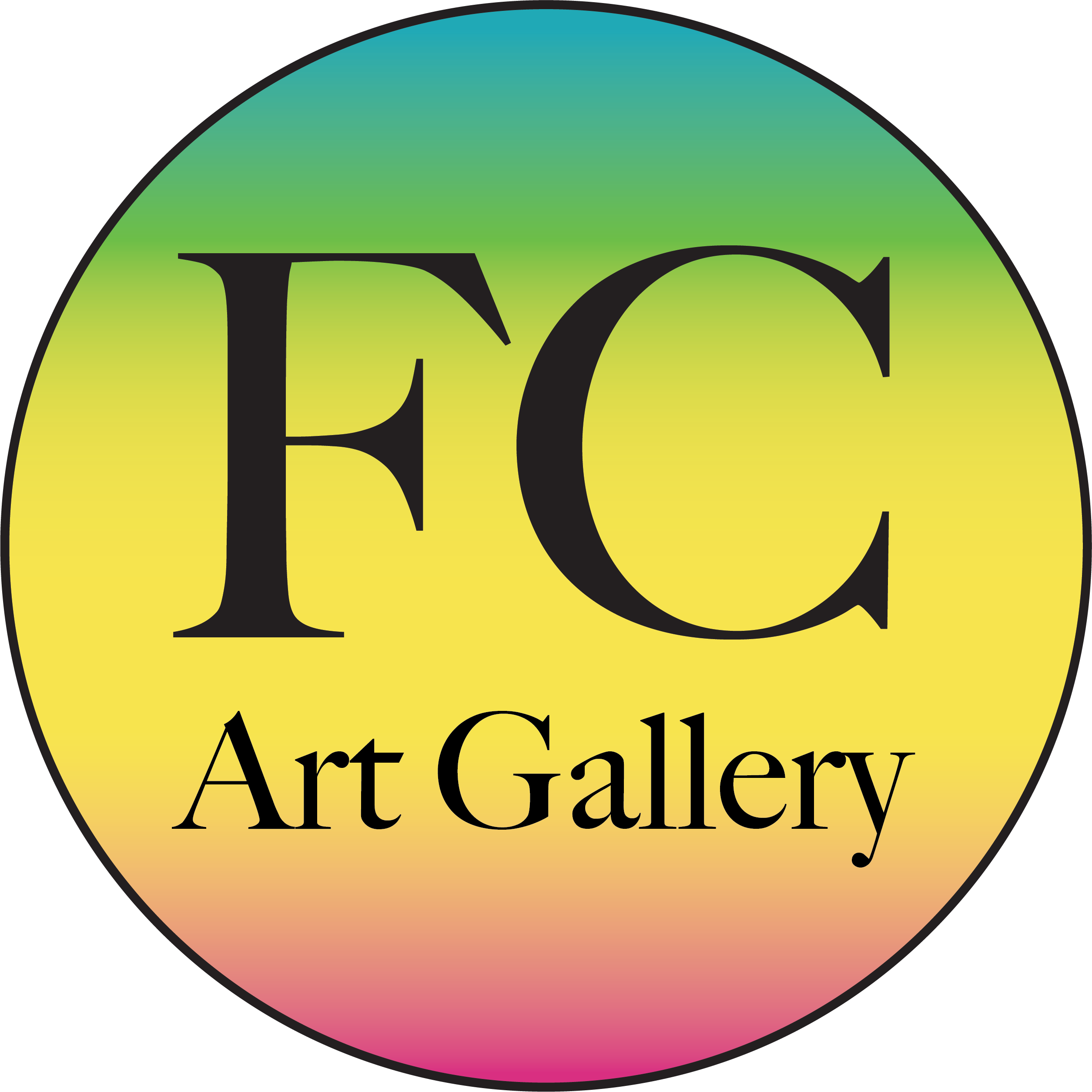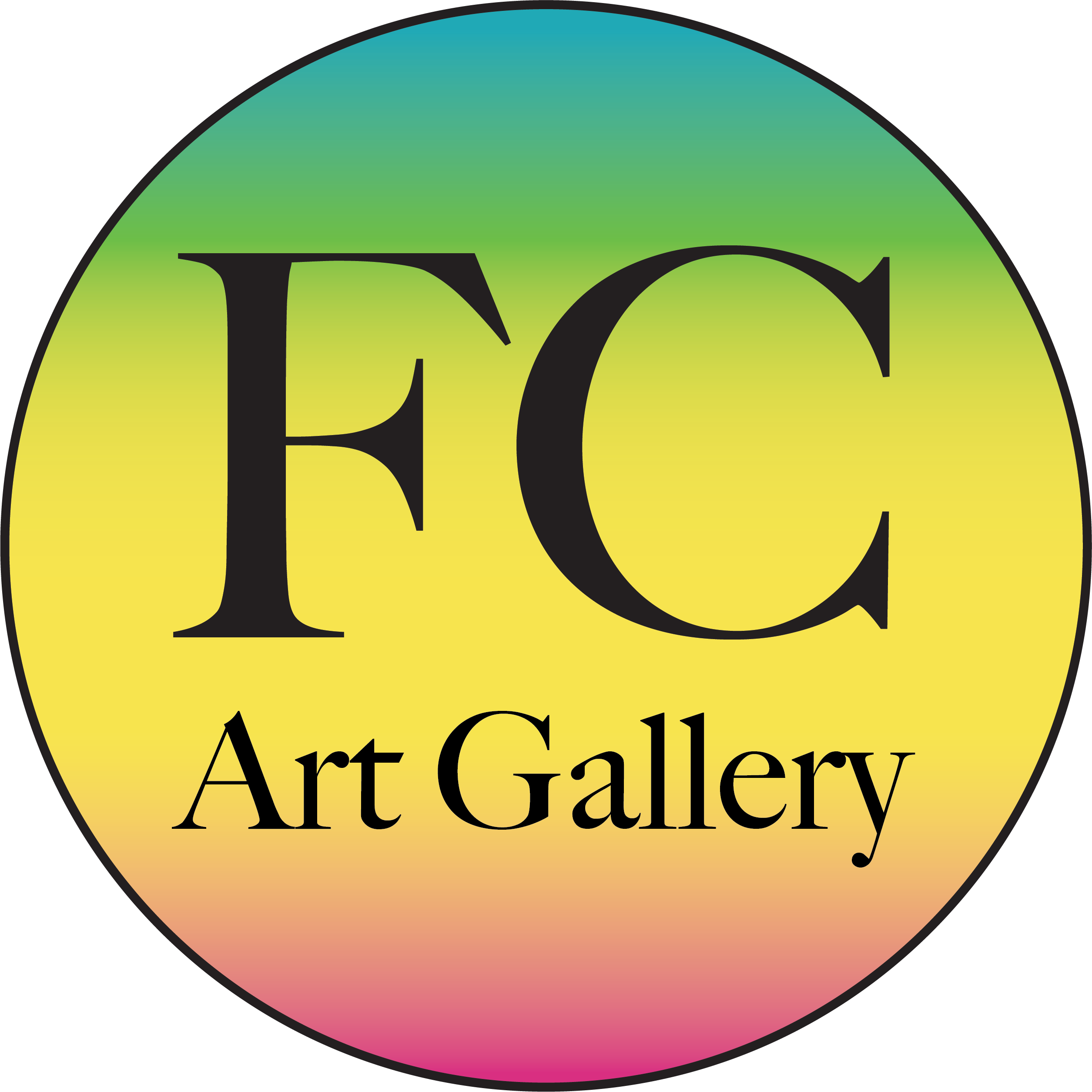Rana Reverence: Frog Motifs of Ancient Mesoamerica
Essay
ART 116 - Debin
Rana Reverence: Frog Motifs of Ancient Mesoamerica analyzes the significance of frog iconography in Mesoamerican art history as an exhibition proposal. Associated with the element of water, the frog represents the potential and hope for a successful journey to the other side; whether observed as one great feat, or as a spiritual metaphor of divinity.

Figure 1. Maya, N.d., Pendiente, stone

Figure 2. Zapotec, N.d., Untitled, stone

Figure 3. Mixtec, N.d., carving stone
The world-renowned institution, Museo Nacional de Antropología, will showcase the upcoming exhibit, Rana Reverence: Frog Motifs of Ancient Mesoamerica. The marvel of the natural world captivated humanity for centuries—culminating to artworks of adoration, to spiritually symbolic reverence. In regard to the natural world, Anthropologist Paul Kirchoff identified religious rituals connecting to nature as a cultural element commonly found in Mesoamerican artwork. Rana Reverence: Frog Motifs of Ancient Mesoamerica will not only bring awareness to the cultural significance of naturalness, but depict an often overlooked creature, the frog; an animal associated with water, a life supplying element. Art Historian Mary Ellen Miller noted mounting evidence that multiple tropical animals, which included toads, were depicted as symbolic representations of divinity. Three artworks, each from a unique Mesoamerican culture, were selected to exemplify the art historic styles belonging to a respective culture’s craftsmanship and innovations.
The three figures selected for Rana Reverence: Frog Motifs in Ancient Mesoamerica were each interconnected by the factors of motif (theme) and cultural significance. According to Merriam-Webster Dictionary, the term ‘motif’ yielded the definition of “a dominant idea or central theme.” The selected artworks universally centered the depiction of frogs as central iconography. Notably, every piece conveyed this imagery through a multi-dimensional manifestation. Figure 1 possessed capability to be lifted for viewing all sides, Figure 2 contained this frog theme as a vessel, thus inherently necessitated the three-dimensional quality, and the technical information provided for Figure 3 included measurements of all sides (height, length, weight, and width) to finalize the exhibition’s artistic quality of multi-dimensional objects.Furthermore, all of the figures suggested the possibility of varying functional use between unique
Mesoamerican cultures.
Mesoamerican cultures.
In Rana Reverence: Frog Motifs in Ancient Mesoamerica, visitors will learn the art historic significance of three unique objects, as well as the cultural significance of the frog in Mesoamerican cultural worldview. The word rana, meaning ‘frog’ in Spanish, was chosen as a strategic appeal to memory, with intention for the audience to easily recall the exhibition subject. Each frog piece will have been sourced from a unique Mesoamerican culture (in this case, Maya, Zapotec, and Mixtec); a testimonial to the amphibian as one of many thematically occurring subjects in Mesoamerican art. The exhibit sought to raise awareness of a cultural worldview that existed prior to the Spanish conquest.


